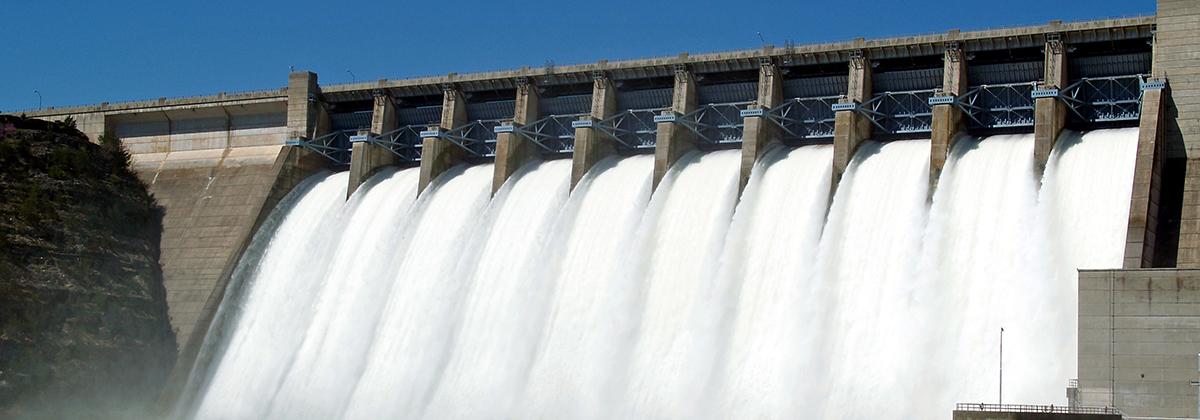Water is an essential part of our daily lives. Almost every chore requires water. Whether it is cooking, washing clothes, drinking mineral water , gardening or farming, water is needed. Monsoons bring along much-needed showers, but did you know that you can preserve and use this water?
What is Rainwater Harvesting
Rainwater harvesting refers to the process of collecting water during monsoon season and then using this water for various purposes like washing, drinking mineral water or even agricultural purposes. This water is collected directly from the surface on which the waterfalls. This surface can be a terrace, rooftop, or courtyard. To store the rainwater a small channel is created which connects the rainwater from the rooftop to the storage tank. The rainwater harvested needs to be stored in a clean space and must go through a filtration process to make sure it is devoid of any impurities.
Easy Methods for Rainwater Harvesting at Home
The easiest way to engage in rainwater harvesting at home is to have a rain barrel. You can make your own from a large trash can or an old drum. There needs to be a pipe fitted to collect rainwater from the rooftop or terrace. Consider adding a tight-fitting top and screen the ends of the downspouts leading into the barrels to avoid making the barrel a breeding ground for mosquitoes. This system is cost-effective and does not take up much space.
A rain garden is a small sunken landscape in your garden, and you make it yourself! By using local plants and local soil, you will be removing the impurities from the groundwater. This kind of garden has a good impact on the environment. The rooftop collects the rainwater which is connected to different channels which allow the rainwater to enter the gutter and spouts. Not only is this a great way of rainwater harvesting but also, you get a cute home garden!
A splash block uses a piece of concrete or plastic of a roughly rectangular shape which is placed below the downspout carrying the rainwater from the roof of a house during rainfall. It absorbs the force of the water that is getting diverted from the roof as well as prevent holes from being dug in the garden due to the eroding force of the rainwater.
Bisleri's CSR Project on Rainwater Harvesting
Project ‘Nayi Ummeed’ is an initiative by Bisleri International Pvt. Ltd. that focuses on conserving rainwater by building and restoring Check Dams. Check Dams are used for storing surface water and recharging ground water. The harvested rainwater is used for irrigation, enabling farmers to cultivate their land not once, but multiple times in a year.
In 2001, Bisleri undertook the first Check Dam project at Village Bara in Kutch, Gujarat. Since then, Check Dams have been built or restored across Gujarat and Western & Central parts of Maharashtra. These Check Dams have benefitted more than 124 villages and around 10,000 families by rainwater harvesting 16.5 billion litres of waters. A total of 6,500 acres of land has been irrigated turning all the barren lands into fertile farms. This has resulted in per farmer’s average annual income in some areas of Gujarat and Maharashtra to go up to almost INR 50,000.
Conclusion
Rainwater harvesting is a good environmental practice that aims at conservation of water. Building a rainwater harvesting system at home will not only benefit you but also the environment.
Bisleri water passes through a
10 step purification process and
114 quality tests to ensure you get purity in every sip. A symbol of goodness, trust and purity, Bisleri has been a household name for decades. A leader in the beverage category, we’re cited as the most trusted brand across 500 categories in India. Our relentless commitment to quality stands true to our promise of providing safe, pure & healthy mineral water to consumers for the last 50 years.


